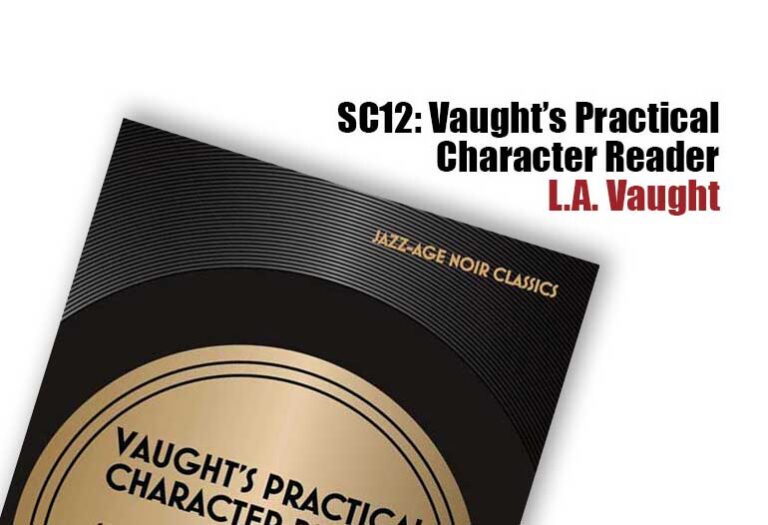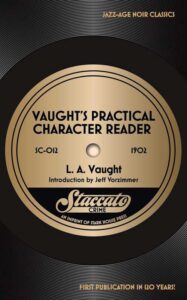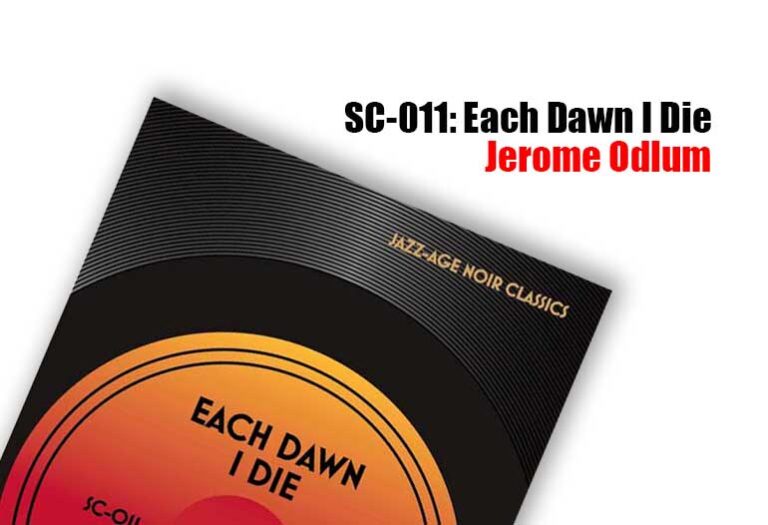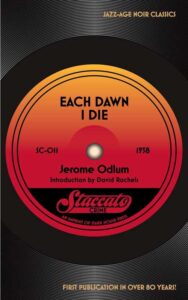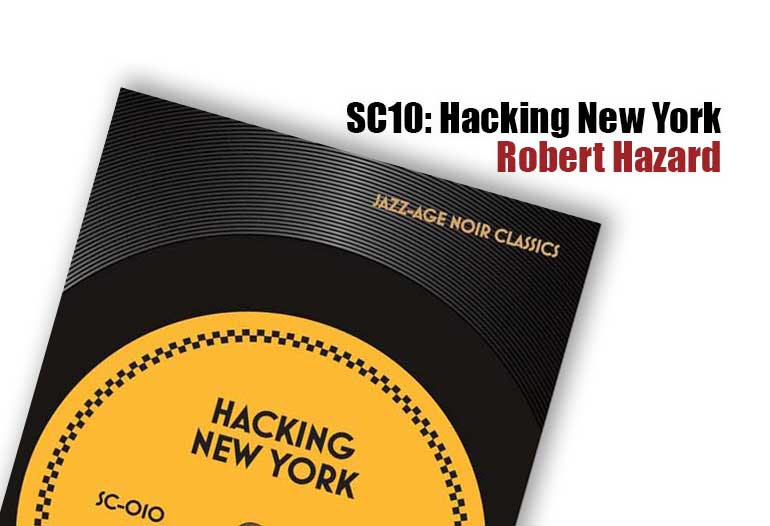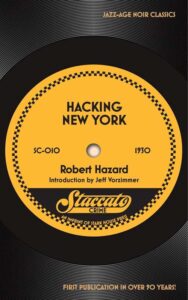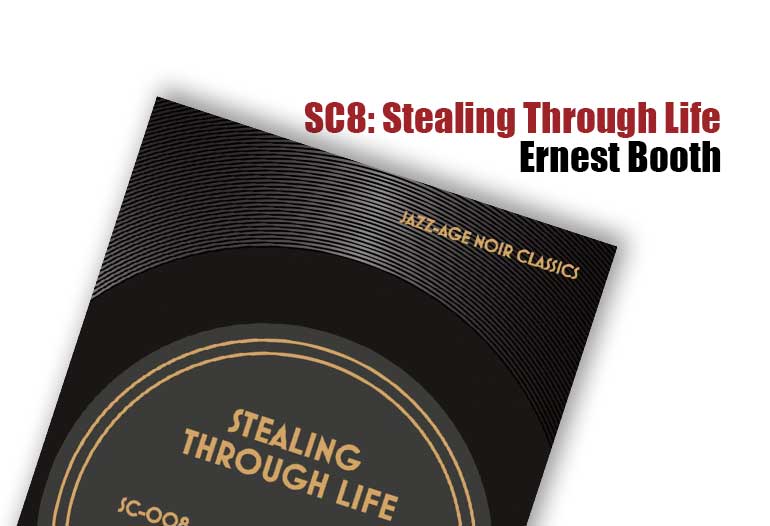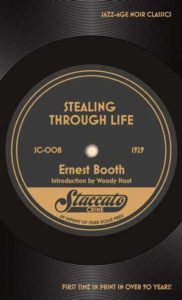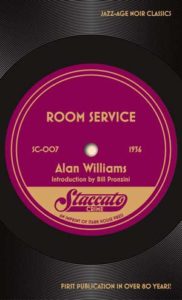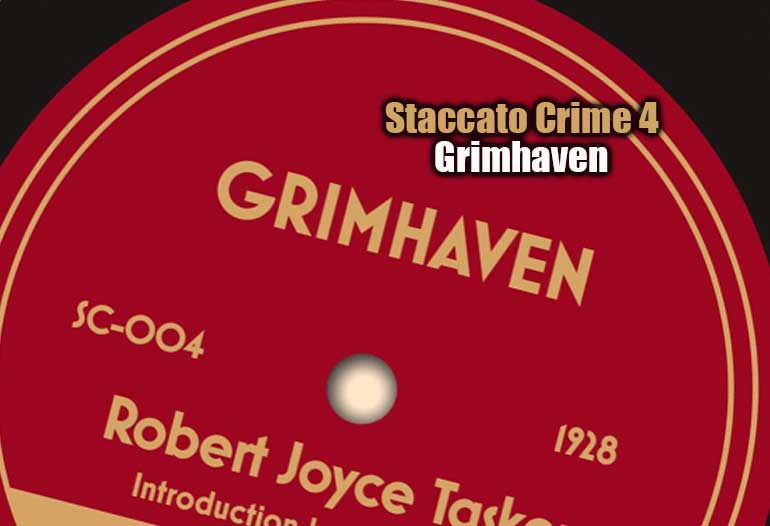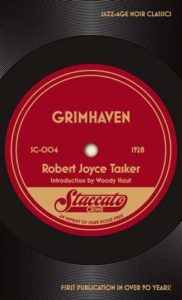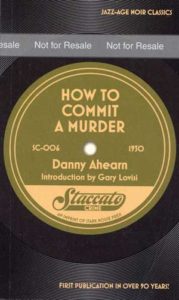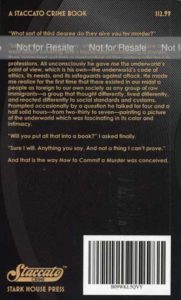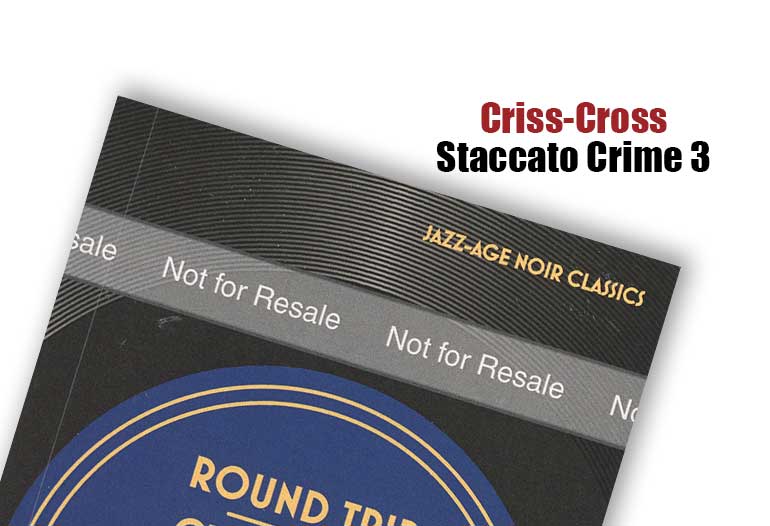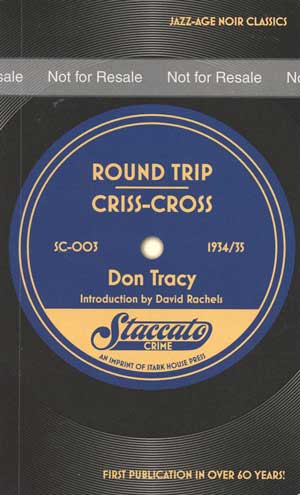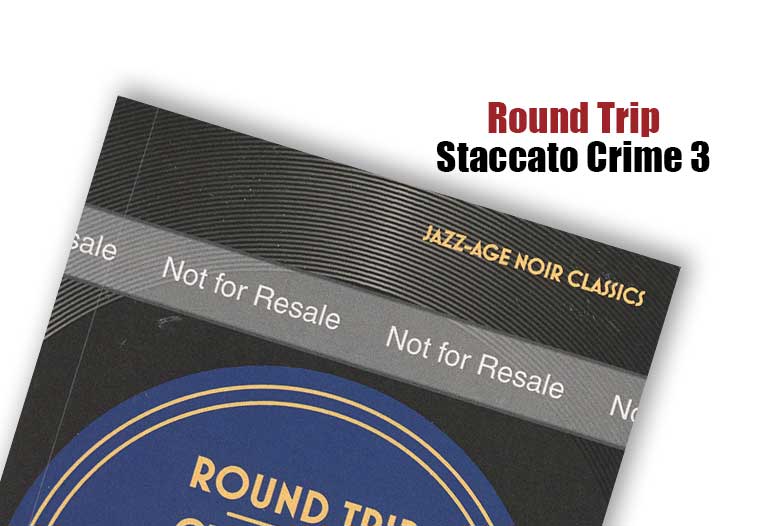Jeff Vorzimmer rescues a bizarre gem from publishing’s forgotten past. His introduction explains the oddity of phrenology, “the science of discerning personality traits from the shape of a person’s head and its bumps.” One of its leading proponents helped bring phrenology into its heyday, roughly around the jazz era. In fact, he wrote the book on it—and this is it.
Character Reader is packed with illustrations depicting Vaught’s looney ideas. It’s kind of like judging everyone’s character by their appearance. The more “handsome and normal,” the more good and true; and of course, the opposite too.
This is a book that’s more fun to browse than study or read front-to-back. The ideas are outrageous and the attributed traits can be somewhat repetitive. It’s a great novelty piece and could also serve as a sort of catalog of character traits, perhaps of use to creatives in character development. Collectors of the Staccato Crime line will also want a copy.
The book also as a lesson in time. What was once considered an emerging science was later proved to be ridiculous speculation with no basis in fact. A conman’s handbook for the ages. What’s next, a nineteenth century recipe book for snake oil? Who knew the lessons of the phrenology con would remain so prescient 100 years later?

